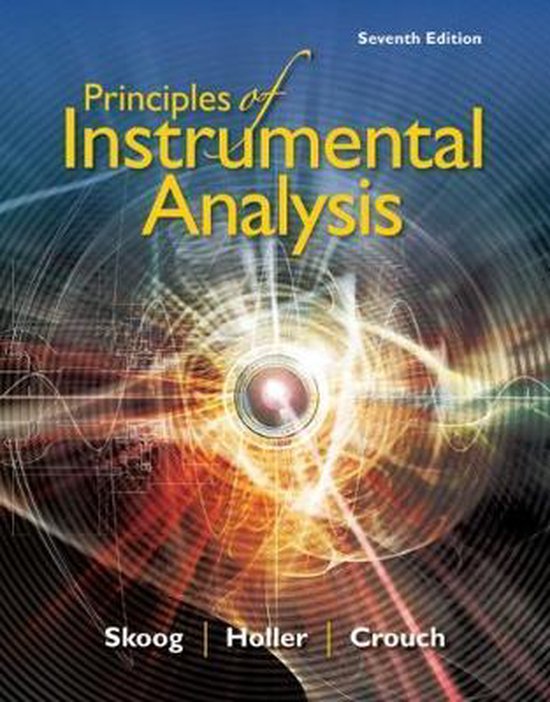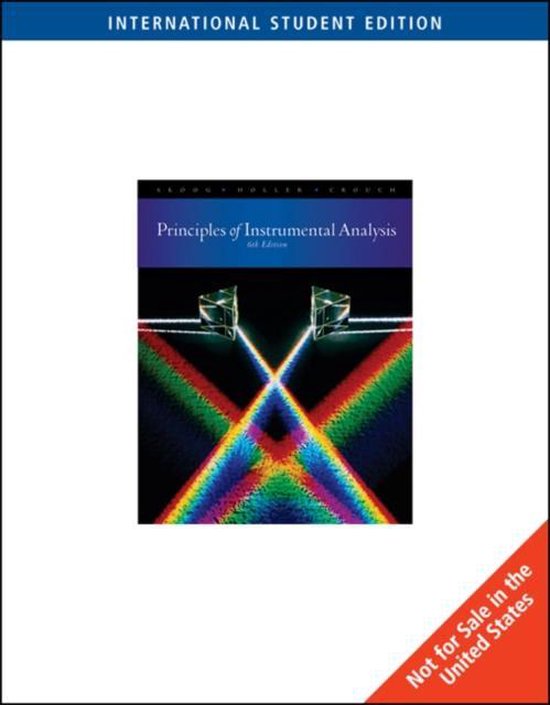
A Modern Introduction to Probability and Statistics
Many current texts in the area are just cookbooks and, as a result, students do not know why they perform the methods they are taught, or why the methods work. the text covers standard statistics and probability material, and develops beyond traditional parametric models to the Poisson process, and on to modern methods such as the bootstrap.
Probability and Statistics are studied by most science students, usually as a second- or third-year course. Many current texts in the area are just cookbooks and, as a result, students do not know why they perform the methods they are taught, or why the methods work. The strength of this book is that it readdresses these shortcomings; by using examples, often from real-life and using real data, the authors can show how the fundamentals of probabilistic and statistical theories arise intuitively. It provides a tried and tested, self-contained course, that can also be used for self-study.
A Modern Introduction to Probability and Statistics has numerous quick exercises to give direct feedback to the students. In addition the book contains over 350 exercises, half of which have answers, of which half have full solutions. A website at www.springeronline.com/1-85233-896-2 gives access to the data files used in the text, and, for instructors, the remaining solutions. The only pre-requisite for the book is a first course in calculus; the text covers standard statistics and probability material, and develops beyond traditional parametric models to the Poisson process, and on to useful modern methods such as the bootstrap.
This will be a key text for undergraduates in Computer Science, Physics, Mathematics, Chemistry, Biology and Business Studies who are studying a mathematical statistics course, and also for more intensive engineering statistics courses for undergraduates in all engineering subjects.
Many current texts in the area are just cookbooks and, as a result, students do not know why they perform the methods they are taught, or why the methods work. The strength of this book is that it readdresses these shortcomings; by using examples, often from real life and using real data, the authors show how the fundamentals of probabilistic and statistical theories arise intuitively.
A Modern Introduction to Probability and Statistics has numerous quick exercises to give direct feedback to students. In addition there are over 350 exercises, half of which have answers, of which half have full solutions. A website gives access to the data files used in the text, and, for instructors, the remaining solutions. The only pre-requisite is a first course in calculus; the text covers standard statistics and probability material, and develops beyond traditional parametric models to the Poisson process, and on to modern methods such as the bootstrap.
| Auteur | | F.M. Dekking |
| Taal | | Engels |
| Type | | Paperback |
| Categorie | | Wetenschap & Natuur |





